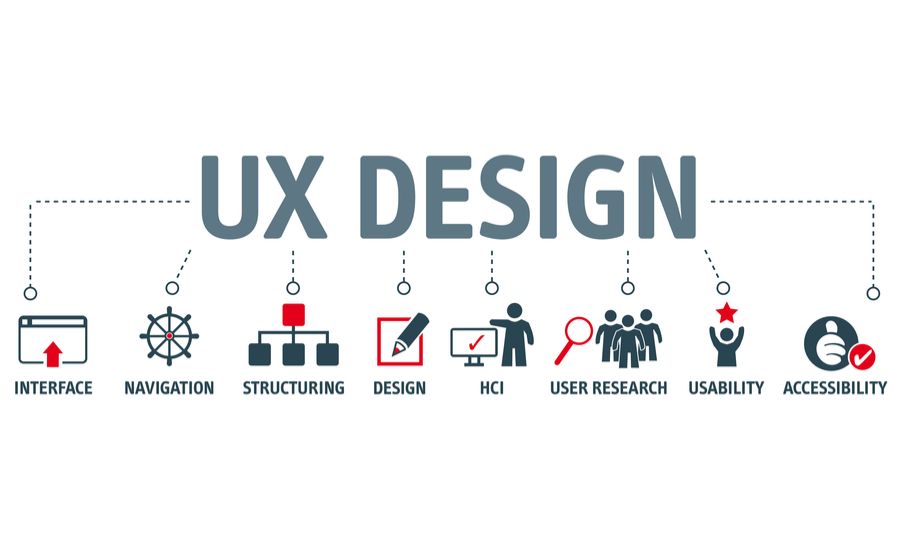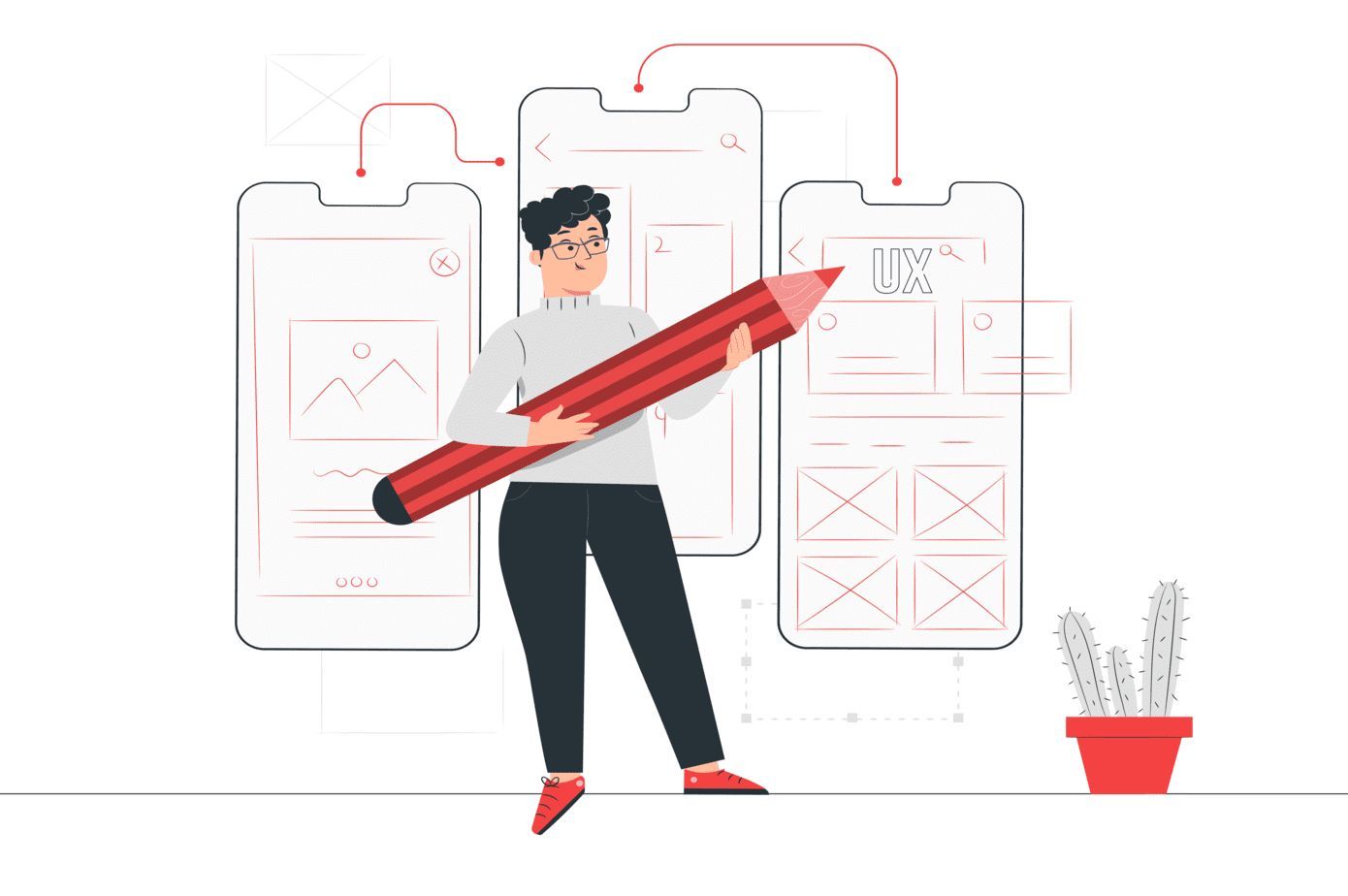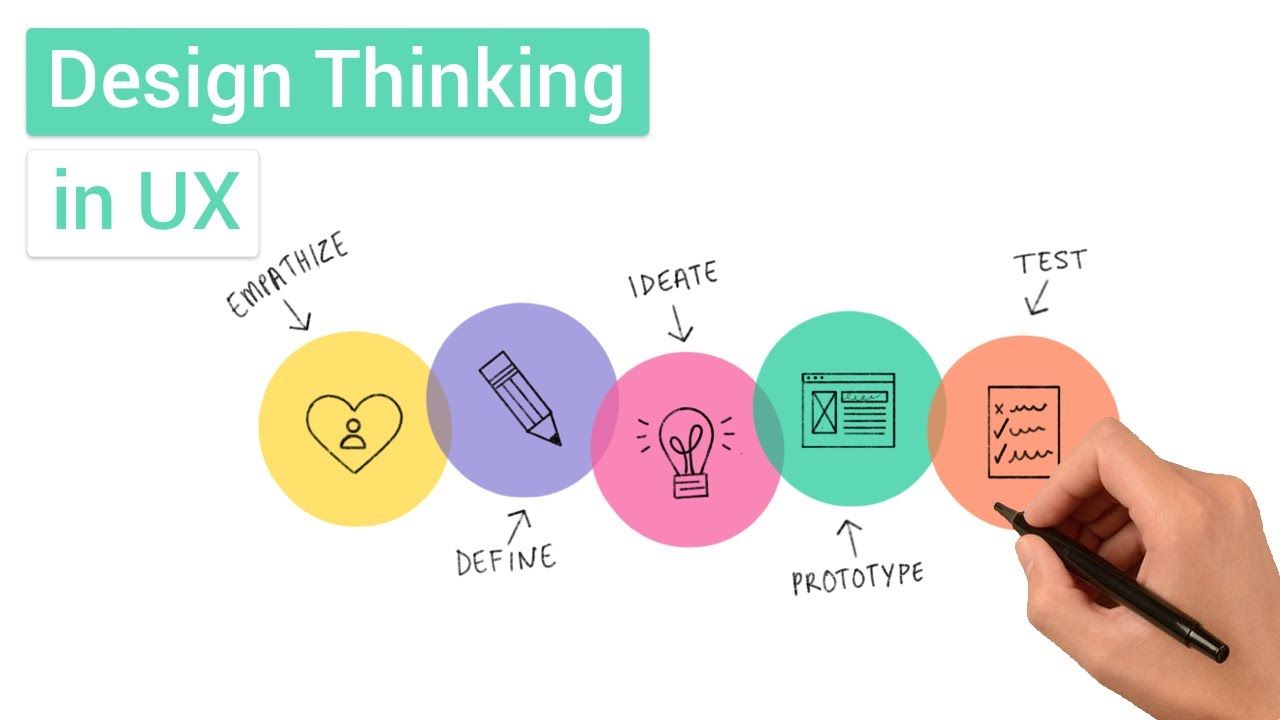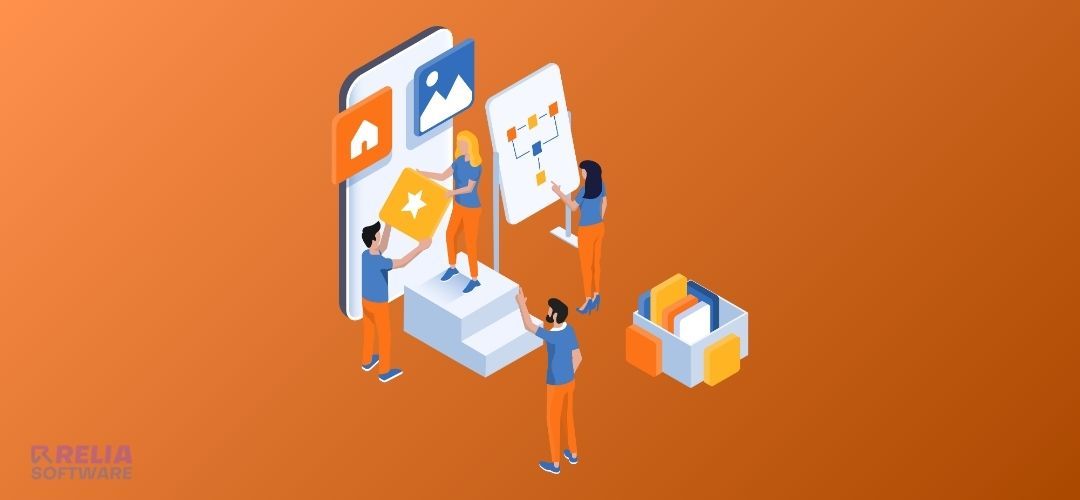UX design is crucial to digital product development. Positive UX builds trust, loyalty, credibility, customer retention, and conversions. Negative experience frustrates users and lowers consumer satisfaction. Poor user experience makes users unlikely to return or endorse the system.
In this post, we will explain the UX design process and how design approach and practices help us create beautiful, functional digital products. Let's find out!
What is UX Design Process?
UX design ideas center upon user comfort, such as making critical buttons easily accessible or employing animated iconography to draw attention. UX design focuses on digital design aspects like color and size, as well as copywriting and information architecture. These details determine how much the user enjoys (or dislikes) using the product, or their experience.
The phrase UX design process must be broken down. User experience (UX) is how a product or service makes a user feel. It includes emotions, sensations, and physical engagement.
According to former Apple Advanced Technology Group vice president Donald Norman, the name was coined:
“I invented the term because human interface and usability were too narrow. I covered industrial design, graphics, the interface, physical interaction, and documentation to cover the user's experience with the system. Thus, UX design is the system designers construct to make that experience pleasurable and easy. It's engaged with many products and services, but usually means digital design."
>> Read more: UI/UX Design: What's The Difference Between UI and UX?

The Importance of UX Design
Good UX design anticipates and meets the wants of the user to make the experience positive.
UX design is important for any service or product that wants to do well, like an application or website development. Customers will be happy with it and, hopefully, will stay committed to your business. Without it, customers might get angry and upset with your product, which will lead to fewer users in the long run.
And that UX design will look different for each brand and each product. However, there are some common details in the UX design process between businesses:
-
Makes sure that projects meet standards for quality and consistency
-
Guarantee that designers come up with ideas without assumptions or bias
-
Allows creators to try out and improve a lot of different ideas until they find the best one.
-
Encourages teams and departments to work together
-
Follows set rules, which lowers the chance of having to do it again.
-
Lets people involved in a project keep track of its progress
-
Finds risks and possibilities that aren't obvious
>> Read more: Why Businesses Should Spend On Mobile Applications?
7 steps for UX Design Process

Step 1: List The Goals.
The first step in the UX design process is to set the project's goal and scope with the help of teammates as well as stakeholders from different areas. Usually, this includes people from:
-
Business: This part talks about the project's business needs and goals.
-
Design: Telling them what they need to do before they start designing and making sure they know what to expect.
-
Product: Talks about the background and helps plan the design schedule and resources.
-
Technology: Figure out if the UX design is possible and what its technology limits are.
The goal of this early stage of design is to figure out what problem the new feature or product needs to fix. The product team will also describe the project's goals, results, plan, and due date.
Step 2: Do Some Reading
Next, artists look into the issue to discover possible answers. During the study phase, UX designers do different kinds of research, such as:
-
User research looks into the person you want to reach to find out who they are, what they need, and how they work. It creates things like user profiles, journey maps, and more.
-
Market research looks at the market to figure out how to divide it into segments and make products stand out.
-
Competitive research is an analysis of how rivals deal with similar issues and find business opportunities.
-
Product research is the study of how people use a current product by looking at data and insights from it.
>> Read more: Web Design Tips: Elevating Your Website's User Experience
Step 3: Make A Rough Plan For An Answer
Designers can make a rough sketch of what a solution would look like once they know a lot about their users, the market, and their competitors. This is called the ideation process. When designers first come up with ideas, they use paper and pen to quickly try out many different ones.
Here are some examples of these low-fidelity methods:
-
Drawing: Drawings of user interfaces made by hand
-
Paper prototyping: Making copies of a sample out of paper
-
Wireframes: Digital copies of paper mockups that show basic shapes and lines.
-
Models with low quality: Digital prototypes that test information design and user flows with wireframes
A design sprint is another way the team could quickly solve a problem.
Step 4: Make Prototypes And High-fidelity Models.
The UI design team then turns wireframes into mockups so that they can make high-fidelity samples that look and work just like the real thing. Artists will use the UI component package to make interactive prototypes if the company has a design system.
Step 5. Test The Usefulness Of The Site.
Usability testing is the main reason for making high-fidelity samples. The UX designers put these versions to the test with real people to:
-
Check out ideas
-
Find problems with usefulness
-
Check for mobility
You can repeat steps 2 through 5. Designers go back to stages two or three with test results to keep trying out new ideas until they find one that meets the standards for desirability, viability, and feasibility.
As a reminder, user testing is only the fifth step in the UX design process. During this time, design teams do many tests to make sure their ideas and theories are correct. Some of these tests are done by team members themselves, and others involve showing ideas and prototypes to stakeholders and getting their comments.
Step 6: Hand Off The Drawing
This is the second-to-last step in the UX design process. The design team gives prototypes and paperwork to the development team so that the engineering process can begin.
The design handoff is almost the end of the UX process, but designers and engineers start working together during brainstorming to make the move from design to development go more quickly and make sure that designs work with the technology that is available. They can work together better because they have different tools that make talking to each other easy.
Step 7: Get Your Goods Out There.
The last step in the process of user experience design is to launch the new version and make sure it works well. Now is the time to make sure that the new release meets the business goals, customer experience, and mobility needs of the project.
>> Read more: How Much Does It Cost to Design an App?
How Do Different Roles Fit Into The UX Design Process?
A team sport, different positions are needed at different times. It flows. People work together. It adapts to business needs.
The process involves different roles:
-
Researchers do research and validation.
-
Content experts align copy and design throughout.
-
UX designers supervise the Design and Validation stages of the UX design process, while UI designers collaborate with them on the Prototype and Validation stages. Learn more about their collaboration here.
-
Developers create live products from prototypes during Validate.
Researchers and content professionals are often hired for the UX design process. This may be HubSpot or NHS Digital.
Generalists often operate across processes in smaller organizations with limited resources.
Design Thinking In UX Design Process
Design thinking is crucial in user experience (UX) design because it addresses hidden changes in users' environments and actions. This benefits users and the company bottom line since designers research, test, and improve goods. Design thinking improves UX research, prototyping, and usability testing to meet modern human demands.
These are how UI/UX designers use design thinking:
-
Understanding Users: Design thinking emphasizes user needs and pain points. User research and usability testing help UI/UX designers understand user behavior, preferences, and issues.
-
Defining the Problem: Design thinking begins with defining the problem to be solved. UI/UX designers determine user needs and goals for their interface or app.
-
Ideation and Wireframing: Design thinking promotes many solutions. UI/UX designers brainstorm design concepts and develop wireframes or low-fidelity prototypes to depict them.
-
Prototyping and Testing: UI/UX design thinking requires prototyping. Designers construct interactive prototypes to imitate user experience. Test these prototypes with users to get feedback and insights.
-
Iterative Design: Designers improve UI/UX designs based on testing results. Iterations continue until the design fits user needs.
-
Human-Centered Design: Design thinking prioritizes the user in UI/UX design. Designers create intuitive, user-friendly, and attractive interfaces.
-
Collaboration and Multidisciplinary Teams: Design thinking entails coordination between UX and UI designers, researchers, developers, and other stakeholders. Collaboration promotes various ideas and innovative solutions.

Conclusion
The UX design process has been discussed in this blog above. Keep in mind that since the design procedure is iterative, you can apply these processes once again to improve your project. Another final point is that cooperation and communication are crucial aspects of the UX design process, communicating with stakeholders and working together as a team.
Hope this article gives you valuable information!
>>> Follow and Contact Relia Software for more information!
- development
- Designing an application

